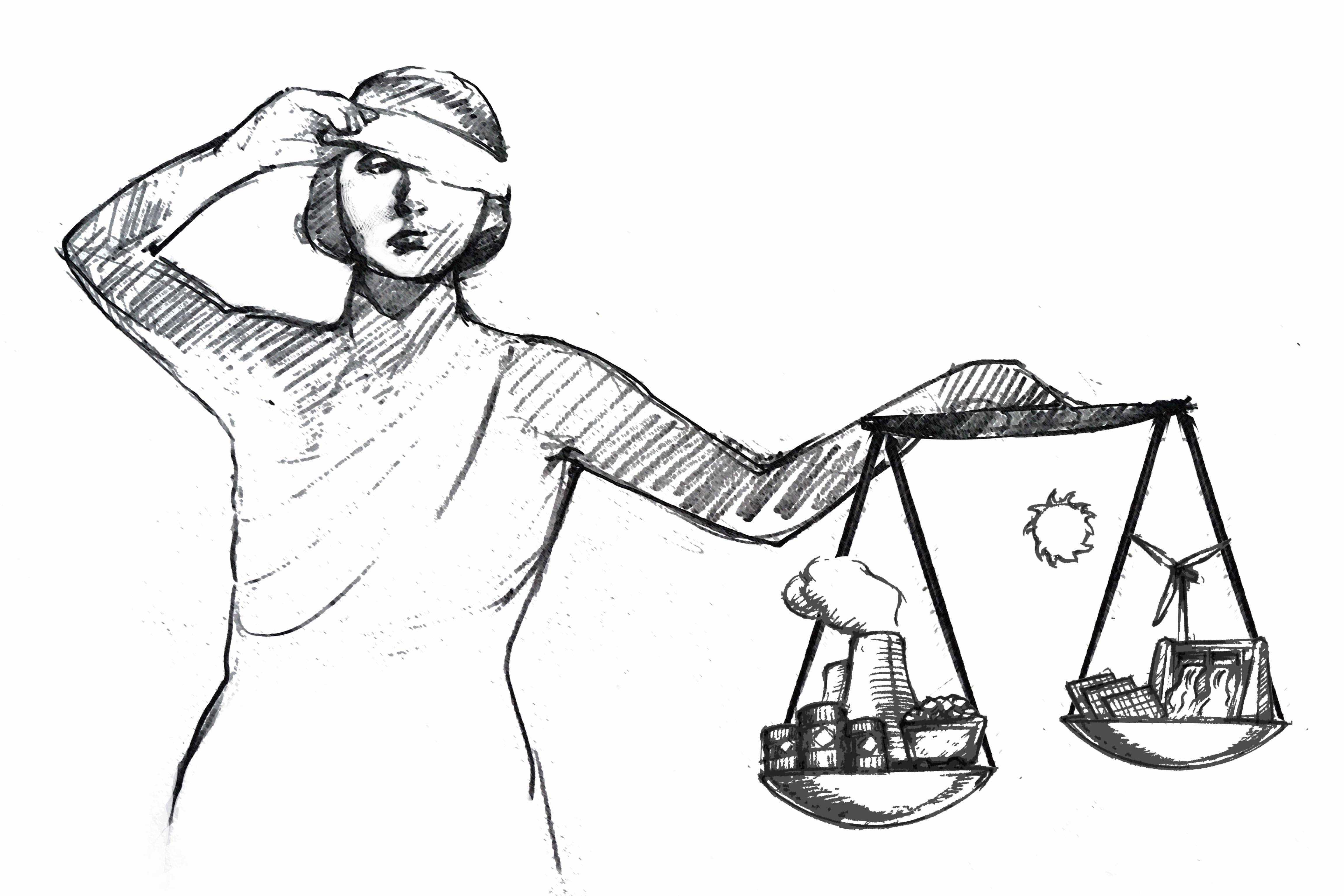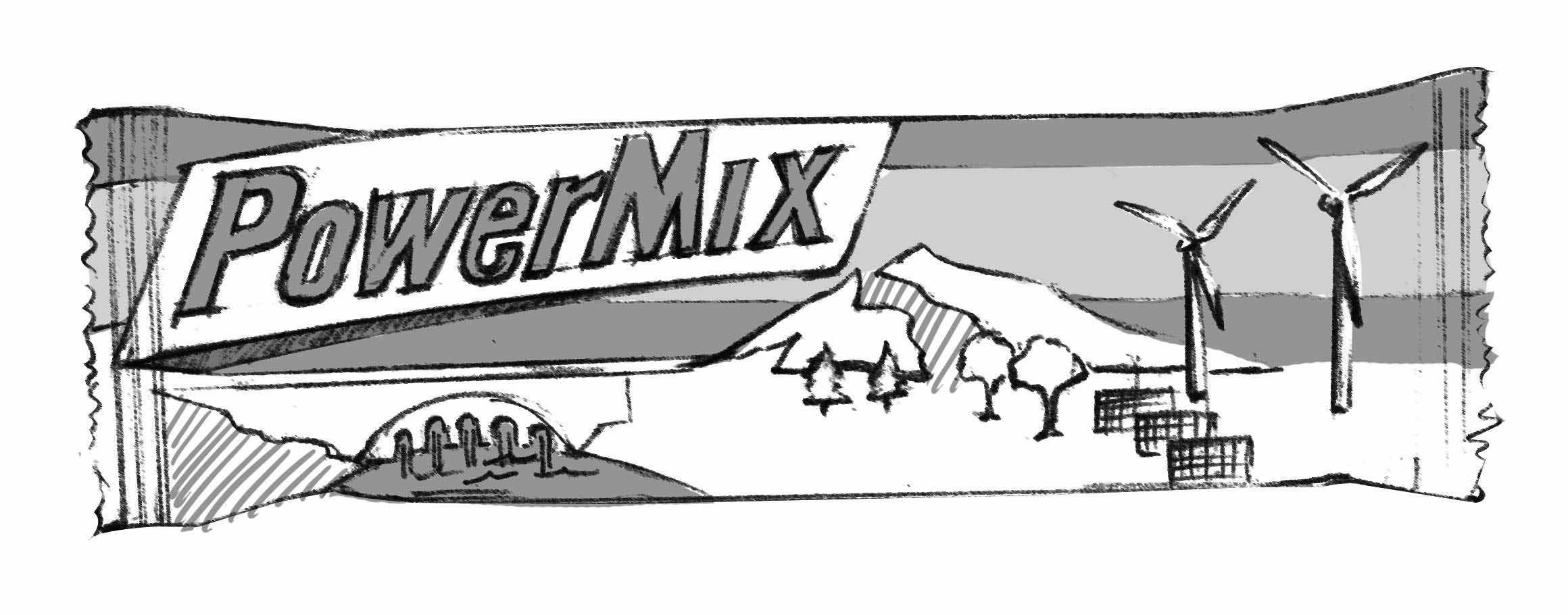On energy and responsibility
Italy’s power system is undergoing a major transition and the country needs investments, focused on innovation and digitalization. Terna is supporting a sustainable growth, ensuring security of supply for an efficient and resilient network.
* * *
The energy transformation under way has reached the point of no return and will inevitably bring radical change to the industry. Technological developments bring new challenges: renewable sources, energy efficiency, electric mobility, network digitalization, and storage are the most important elements of the new paradigm. The world is shifting from a traditional one-way energy system to a more complex integrated system, involving multidirectional energy flows featured by high volatility and low predictability.

Europe is strongly committed to decarbonization and the reduced use of fossil fuels. In particular, renewable energy growth targets show that by 2030 the overall proportion of renewables in final consumption will be at least 27%; it is clear that in the next few years further renewable growth is key. Acceleration on grid investments is the enabling factor for this rapid energy transition. Our greatest challenge now is renewables integration and security of supply, through efficient system management and a well-structured network development.
To this end, the International Energy Agency foresees more than $6,000 billion global investments in the energy industry between 2017 and 2025, mainly in renewable generation and grids: each euro invested in developing renewable sources entails about one euro invested in grids. These investments are indeed key to achieving an increasingly interconnected and technologically developed power system, reducing any environmental and social impact.
THE NEXT TEN YEARS. In its latest Ten-Year Network Development Plan, entso-e (the organization representing Europe’s transmission operators) envisages the development of approximately 200 network and power storage projects. Eighty of these relate to projects already approved in the national development plans.The targeted investments will be crucial to the completion of Europe’s electricity market, and Italy will gradually come to assume a key role as a natural hub in the Mediterranean region.
In Italy, Terna’s Ten-Year Network Development Plan envisages investments amounting to 12 billion euros. Our commitment is strategically important for the country, particularly with regard to the sustainability and increased resilience of the grid – that is, its responsiveness, particularly in the event of extreme weather conditions.Moreover, Terna is concentrated on further developing interconnections with neighboring countries to guarantee the efficient integration of Europe’s electricity markets and security of supply. In this respect, it is worthwhile mentioning the interconnections with France and Montenegro – which have already reached an advanced stage and are expected to be completed by the end of 2019. Terna’s Plan also includes an interconnection with Tunisia and the development of the SACOI3 line (Sardinia-Corsica-Mainland) as well as further investments to strengthen the national transmission grid, aimed at reducing congestion in the power system. Furthermore, Terna has planned investments to improve reliability and continuity of the service, for the benefit of the system as a whole.
KEYWORD: SUSTAINABILITY. The cornerstone of the Terna Plan is sustainability: our growth strategy focuses on investments in grid development, maximizing sustainability in terms of minimum environmental impact and efficiency. More than 90% of investments in our current five-year plan are linked to four of the United Nations Sustainable Development Goals (SDGS). That is: Goal 7, to ensure affordable and reliable energy services and to increase the share of renewable energy; Goal 9, to build increasingly sustainable and resilient infrastructure; Goal 13, to strengthen resilience and adaptive capacity to climate-related hazards; and Goal 17, to strengthen public–private partnerships for the implementation of the SDGS.
Terna works on a daily basis to achieve sustainability based on three principles: systemic sustainability, providing both environmental and economic benefits; sustainability in execution, to build infrastructures with the utmost transparency and attention to all stakeholders; and innovation, involving the use of technologies that can support the growth of renewables. In particular, Terna constantly strives to find innovative solutions and technologies to develop the network, paying close attention to the environment and to local communities, ensuring their engagement at a very early stage of the planning process. Over the next five years, Terna intends to lay the foundations for integrating a large quantity of renewables into the system, while upgrading the network by demolishing obsolete power lines and building more than 1200km of new lines, with due consideration to the environment.
Terna is ready to meet the challenge of energy transition, using innovative methods and developing new skills and original technologies, while also generating value for stakeholders. As outlined in our 2018-2022 Strategic Plan (recently presented to the financial community), the enabling factors are innovation, digitalization, and human resources.
Terna plans to spend 600 million euros over the next five years on innovation and digitalization. Thanks to centralized data management, we will be able to carry out predictive maintenance on our assets, cutting costs and increasing the reliability of our network. Advanced analysis methodologies will exploit the potential for Big Data processing and thus the ability to manage considerably increased amounts of distributed resources, providing new scope for flexibility and innovation-based management of the system.

The digital transformation will not be limited to the adoption of new technologies but will also require a change of mentality as well as a new organizational approach. We aim to strengthen our technological expertise through global partnerships with academic institutions. In fact, Terna has joined the Bits & Watts research program at Stanford University, which was launched by the Precourt Institute of Energy, an important partner in meeting the world’s energy challenges. Terna has also launched a training program with luiss Guido Carli University in Rome. This will bring industry and academia together to foster the development of the most adequate professional skills and thus to contribute to the country’s growth. The project promotes two important initiatives: Future Project Leaders, for young talents already on board, and the International Training Program, for engineering and/or economics students from foreign universities. Such programs will not only benefit the development of the company and help to spread the culture of innovation, but will also create new professional skills in the energy industry, thereby adding value for the whole country.
Within this context of major transition, the system is calling for a new investment wave. Terna is rising to the challenge, ready to help make the country’s network more secure, efficient and resilient. We believe that energy is our responsibility and responsibility is our energy.
> From Aspenia International n.79
